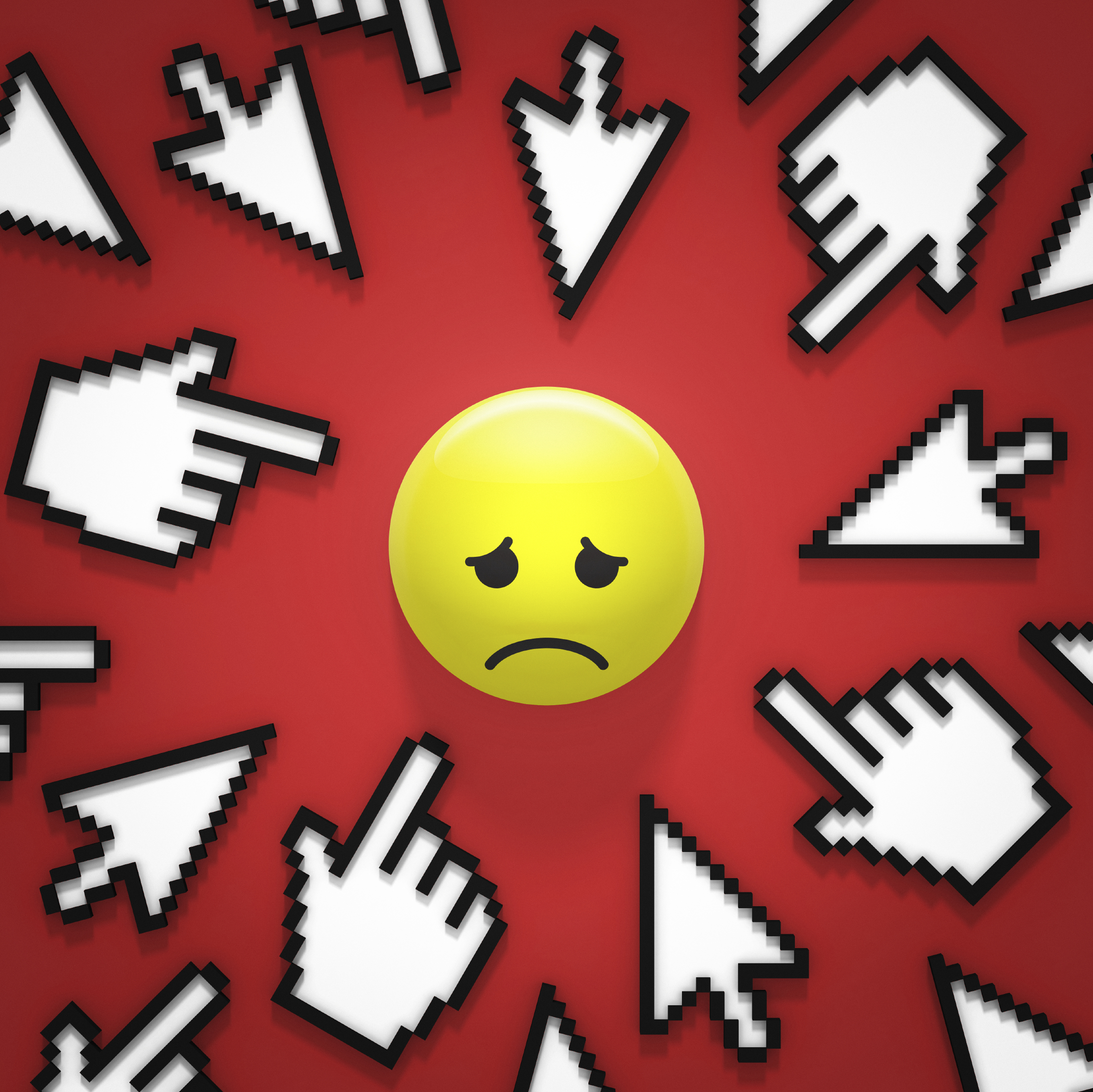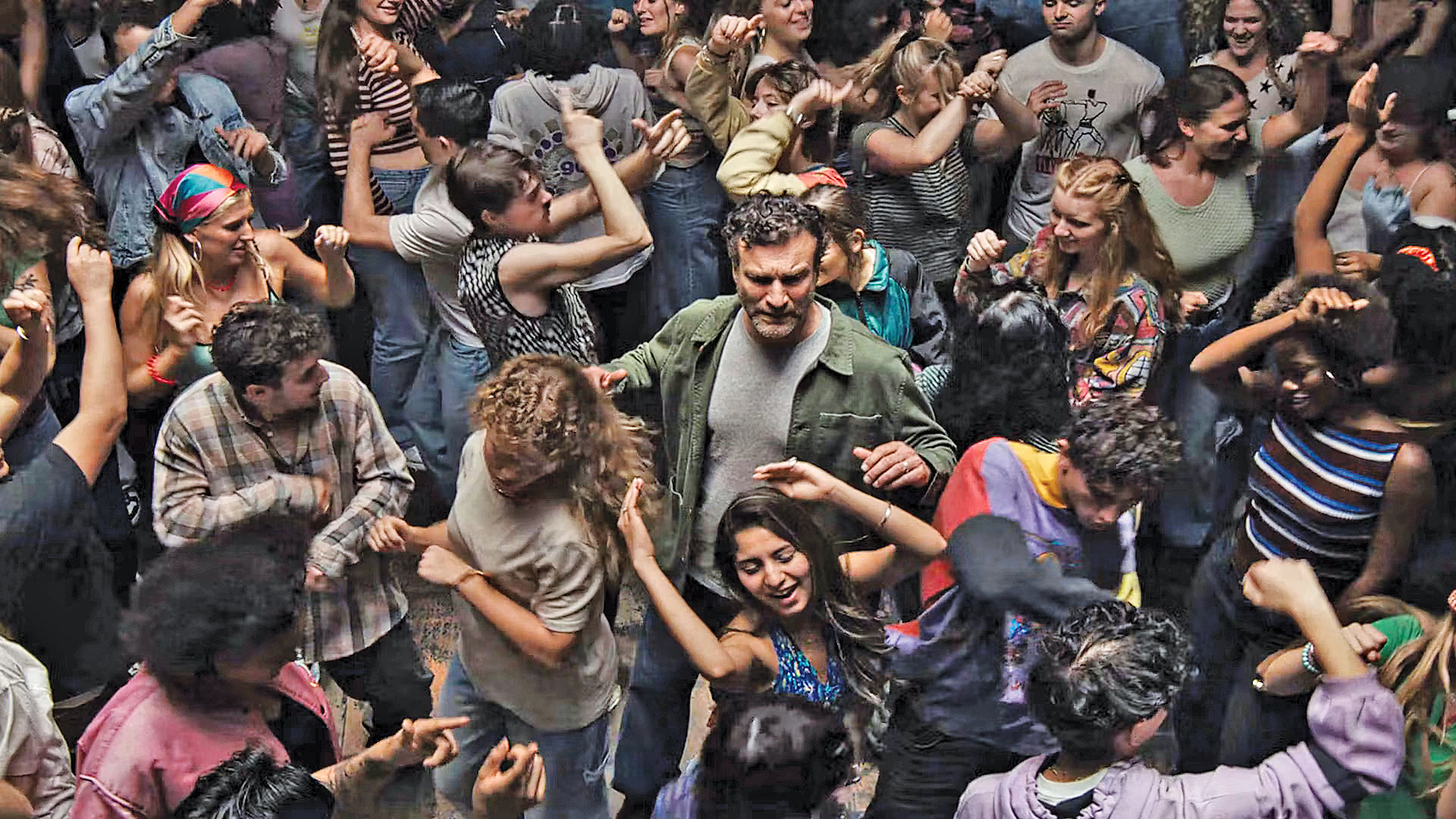The shameful shaming of Twitter's digital mobs
In the world's largest high school cafeteria, every member of every clique is vying to become the most popular kid in the group


Who would have guessed that the most revealing commentary on the "political correctness" debate sparked by Jon Chait's recent New York essay would be a New York Times Magazine article about the tweet-shaming of a former director of corporate communications at IAC?
In his widely debated essay, Chait highlighted the rise of illiberalism among "radical members of the left" who increasingly "attempt to regulate political discourse by defining opposing views as bigoted and illegitimate" — especially when those views touch on matters of race and gender. As Chait describes it, the phenomenon amounts to a return to the identity-politics-fueled political correctness of the early 1990s, only now amplified and strengthened by the enormous reach of social media.
Now, the Times Magazine piece takes Chait's analysis and places it in a broader cultural-political context.
The Week
Escape your echo chamber. Get the facts behind the news, plus analysis from multiple perspectives.

Sign up for The Week's Free Newsletters
From our morning news briefing to a weekly Good News Newsletter, get the best of The Week delivered directly to your inbox.
From our morning news briefing to a weekly Good News Newsletter, get the best of The Week delivered directly to your inbox.
The main focus of the story, Justine Sacco, became instantly notorious in late 2013 when she dashed off a series of (ostensibly humorous) tweets while on a layover at London's Heathrow Airport en route to a vacation in South Africa. One of those tweets — "Going to Africa. Hope I don't get AIDS. Just kidding. I'm white!" — became poisonously viral during the 11 hours it took for Sacco's plane to reach Cape Town. When Sacco landed and turned on her phone, she discovered that she'd become the target of tens of thousands of tweets, many of them denouncing her racism, privilege, and insensitivity — and speculating how long it would take until she got fired from her PR job at IAC.
The answer: not very long.
Sacco wasn't making a controversial argument about race; she was telling a stupid joke with racial overtones. Yet her experience otherwise closely parallels the stories recounted in Chait's piece. Sacco was publicly hounded and ridiculed on social media, and her career was thrown into a tailspin, for crossing a certain leftward line on an issue wrapped up with identity politics.
Author Jon Ronson provides other examples in the Times Magazine. In one, a man at a tech conference makes a mildly off-color sexual pun to a colleague. A woman seated in front of him hears the joke and is offended by it, snaps his picture, and posts it online with a caption implying he made a sexist remark. Two days later, the man is fired.
A free daily email with the biggest news stories of the day – and the best features from TheWeek.com
Once again, it sounds like PC run amok, this time over gender. But not so fast. Ronson goes on to note that "men's rights activists and anonymous trolls" soon began hounding the woman who posted the picture, with some of them making death threats. Before long, she, too, was fired.
This raises the possibility that the phenomenon Chait highlighted in his piece isn't simply a recapitulation of 1990s political correctness with technology adding an extra dash of speed and ferocity. Instead, Ronson proposes that social media has led to a revival of public "shaming," and traces its use as a punishment back to the 18th and early 19th centuries. It's an illuminating suggestion. But shaming was a legal penalty formally imposed in the post-Puritan culture of New England, and so very different from the informal, spontaneous abuse we find online today. That's why I prefer the concept of the "digital mob" that Noah Millman put forward in a recent column for TheWeek.com.
There's nothing essentially ideological about a mob. The people Chait writes about are on the left. But there are also right-wing digital mobs. Mobs are defined by no ideas at all beyond wanting to cause trouble, exclude, bully, ridicule, or hurt someone deemed worthy of suffering. What's distinctive about a mob is its character as a group of people whipped up into an irrational frenzy, sometimes by a single leader, and other times by members of the crowd itself.
In the days before social media, a mob could only form in physical space — a street corner or city park, a farmer's field or town square. Twitter has created a virtual place for throngs to come together — and endless opportunities for mobs to spontaneously form.
Twitter is an ideal medium for mobs because it is so democratic. Countless thousands mulling about an agora of infinite expanse, each person given the same 140 characters with which to pronounce, denounce, show off, and shine in a glaring public spotlight. To begin with there are only one's own followers. But there's always the chance that a well-timed, sufficiently clever and cutting tweet will get retweeted by a follower with more and better-known followers, launching the comment into a wider circle of readers who might retweet it again, and again, and again.
According to Andy Warhol, everyone will get to enjoy 15 minutes of fame. On Twitter, everyone gets 15 seconds to ride a viral wave. It's that promise of attention and approval that provokes so many to pounce the moment they see an easy target for humor, mockery, and abuse. It's standard-issue one-upsmanship raised to the millionth power. If you run in left-wing circles, you'll jump on something that offends the left. The same holds for the right, and for dozens of other political-ideological-cultural factions. It's the world's largest high school cafeteria, with every member of every clique vying to become the most popular kid in the group.
None of the great critics of democracy, from Plato to the authors of the Federalist Papers, would be surprised. All of them considered democracy to be indistinguishable from mob rule. That's why all of them insisted that democracy needed to be combined with nondemocratic norms and procedures. These institutions would temper and channel the unstable, irrational, destructive passions of the mob, forcing its members to play by rules designed to foster reason and deliberation. The nondemocratic elements of the American Constitution (some of them, like indirect election of the Senate, dismantled since the founding era) attempt to do precisely that — with decidedly mixed results.
But how to temper the digital mob? It sounds like a contradiction in terms. Twitter simply is a mob — though only sometimes a malignant one. Take away the free-wheeling, bottom-up, spontaneous interactions, and you'd be left with — what? A series of monitored listservs with a strictly enforced length limit? That's hardly appealing.
But neither is technologically facilitated bullying, humiliation, shaming, shunning, and ostracism. Most of us can probably agree on that. Even if we find ourselves at a loss about how to make it stop.
Damon Linker is a senior correspondent at TheWeek.com. He is also a former contributing editor at The New Republic and the author of The Theocons and The Religious Test.
-
 Massacre in the favela: Rio’s police take on the gangs
Massacre in the favela: Rio’s police take on the gangsIn the Spotlight The ‘defence operation’ killed 132 suspected gang members, but could spark ‘more hatred and revenge’
-
 The John Lewis ad: touching, or just weird?
The John Lewis ad: touching, or just weird?Talking Point This year’s festive offering is full of 1990s nostalgia – but are hedonistic raves really the spirit of Christmas?
-
 Sudoku hard: November 15, 2025
Sudoku hard: November 15, 2025The daily hard sudoku puzzle from The Week
